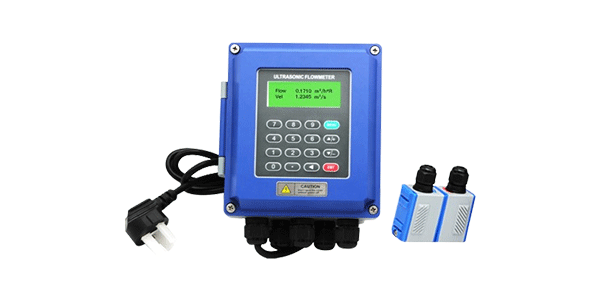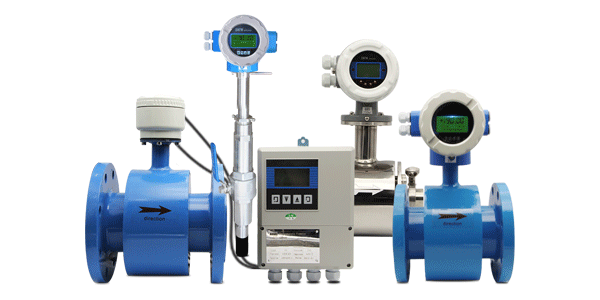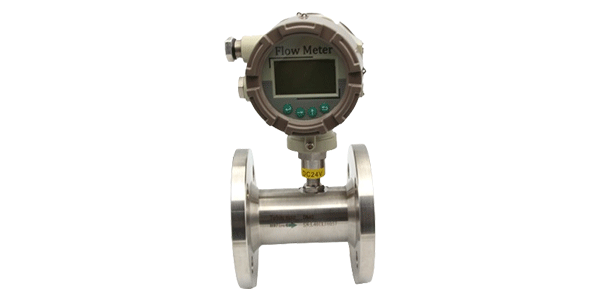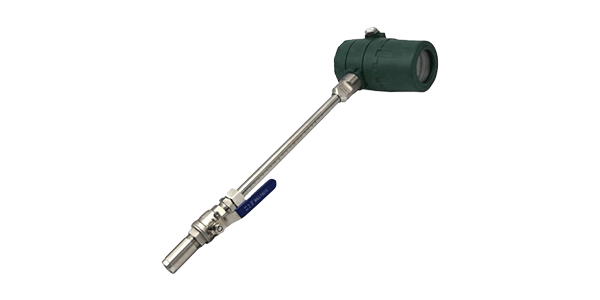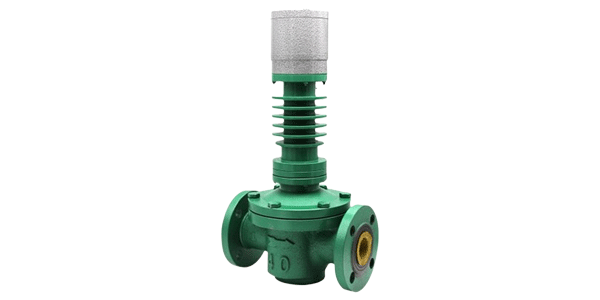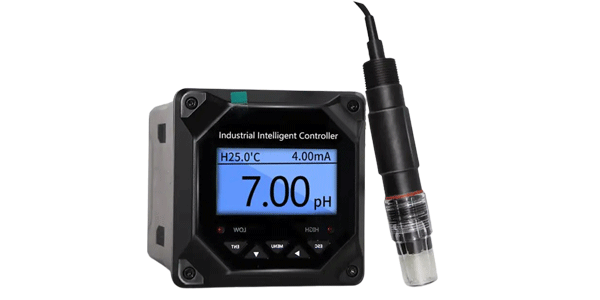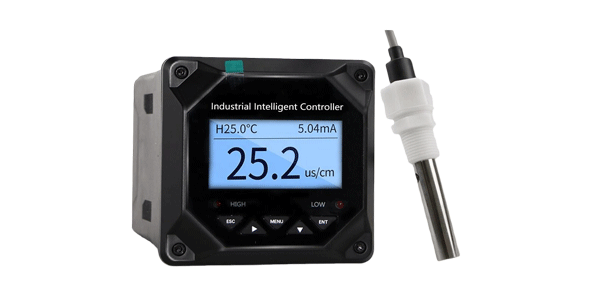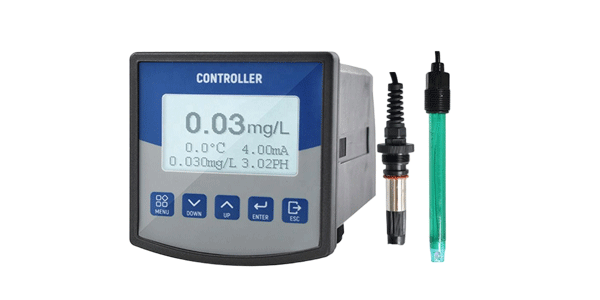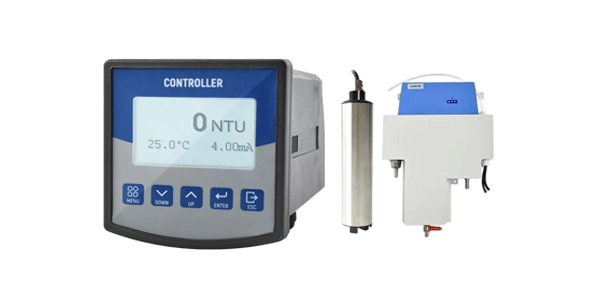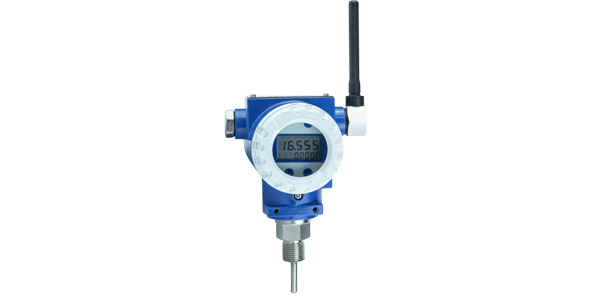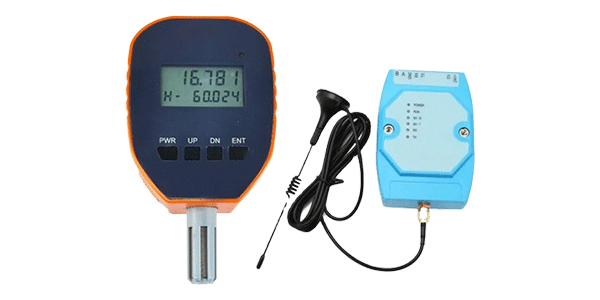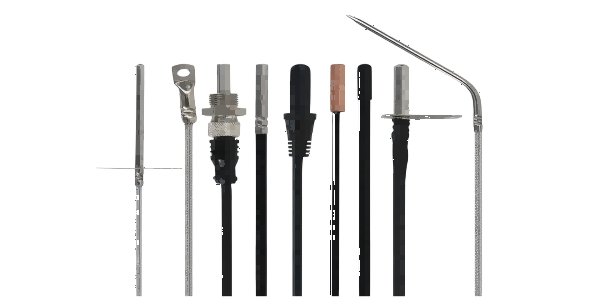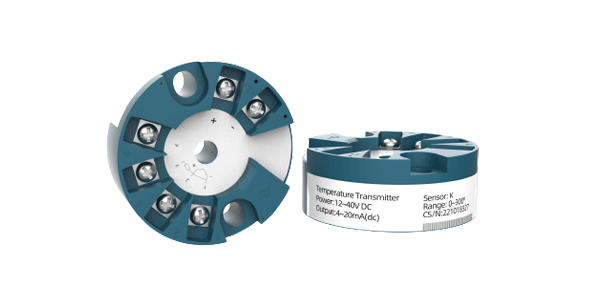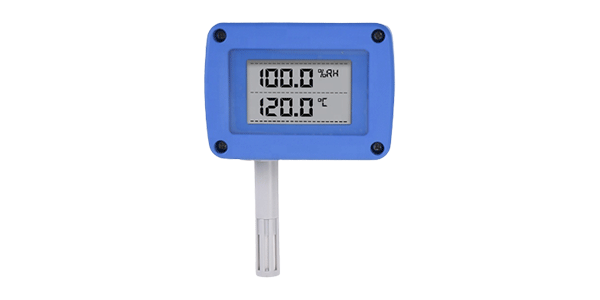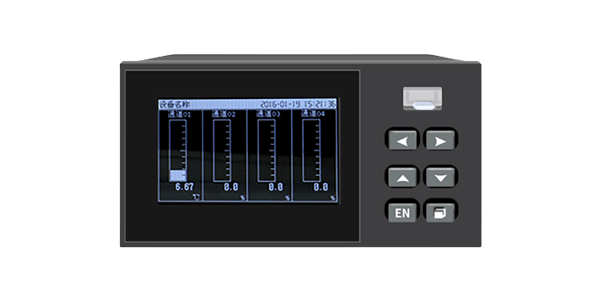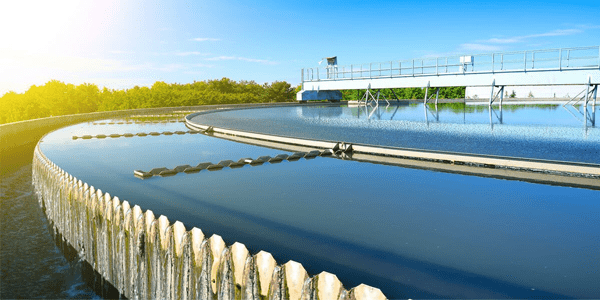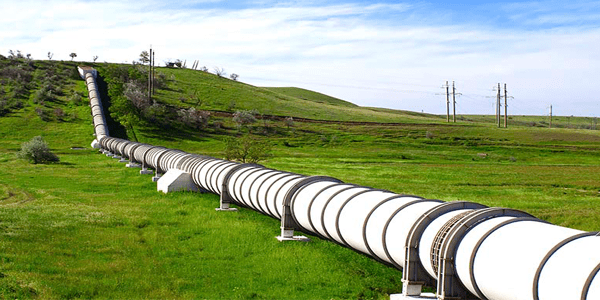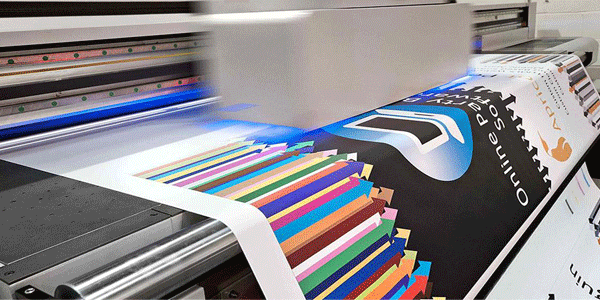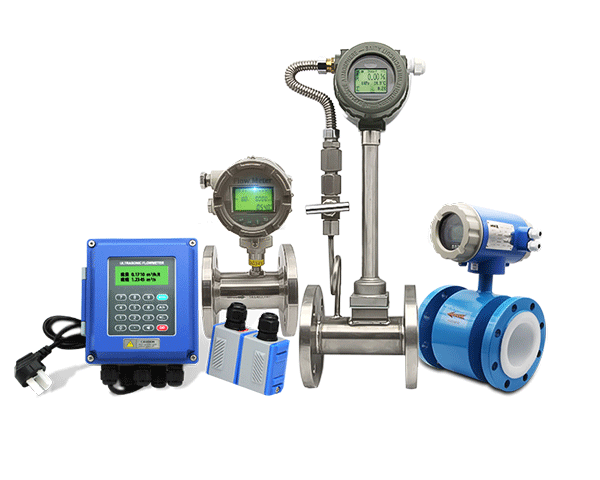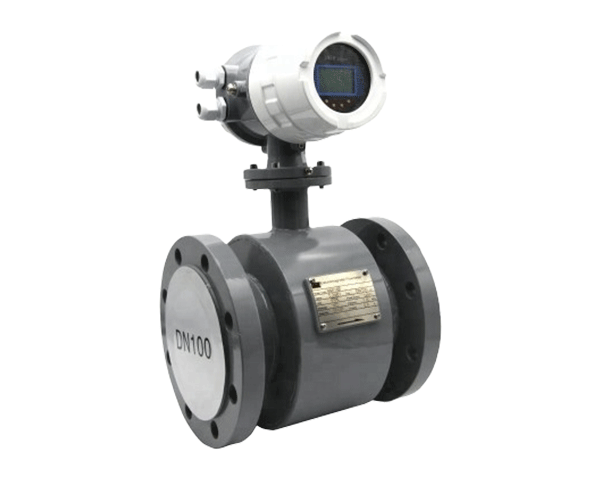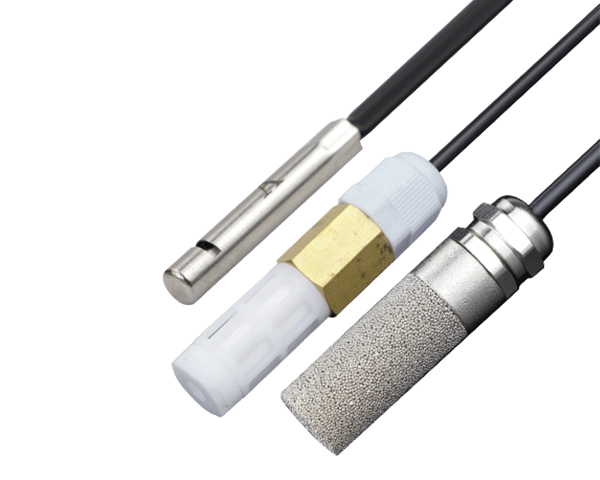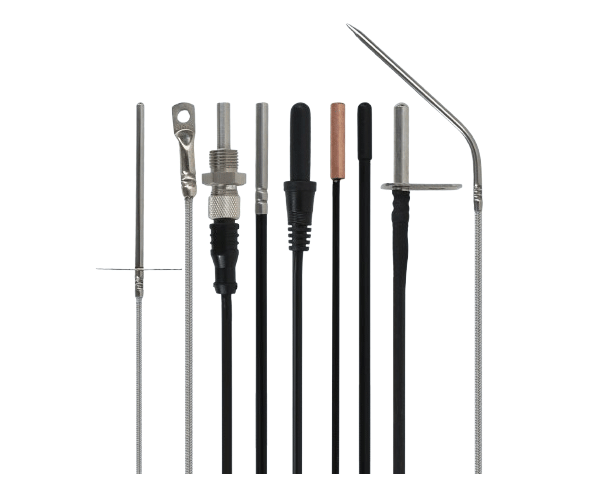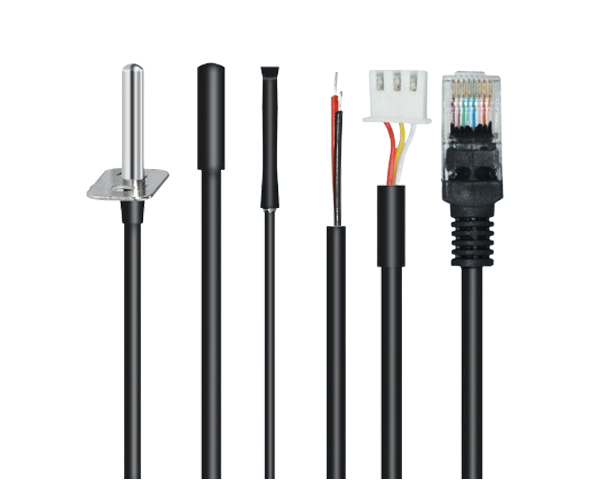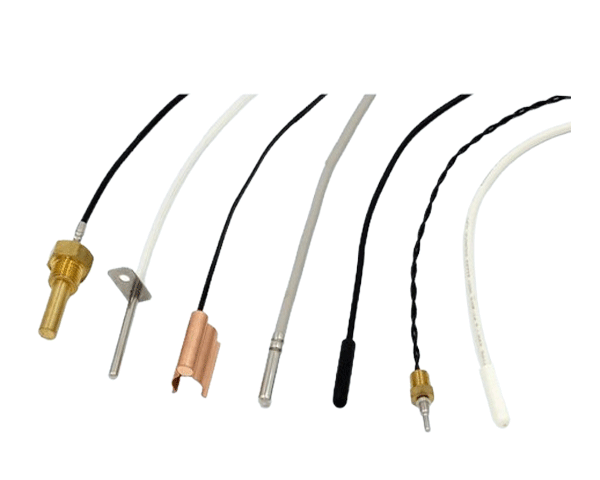Are you struggling to interpret the numbers and symbols on your water quality meter? This comprehensive guide will transform you from a confused user to a confident interpreter of water quality data. You'll learn to read key parameters, understand what the values mean for your operations, and take appropriate action based on the results—all with visual aids to make the process crystal clear.
Understanding Key Water Quality Parameters
Water quality meters measure several critical parameters that determine water safety and characteristics. Here are the most common ones you'll encounter:
pH Level
Optimal Range: Most applications require 6.5-8.5
Industrial Impact: Low pH corrodes pipes; high pH causes scaling
Total Dissolved Solids (TDS)
What it measures: Total concentration of dissolved substances
Industrial Significance: Affects product quality, equipment longevity
Chlorine Residual
Purpose: Disinfection indicator
Monitoring Importance: Ensures effective microbial control
Step-by-Step: How to Read Your Water Quality Meter
Step 1: Meter Preparation and Calibration

Before taking measurements:
- Calibrate using appropriate buffer solutions
- Ensure electrodes are clean and conditioned
- Verify calibration with standard solutions
Step 2: Taking the Measurement

- Immerse electrodes completely in sample
- Stir gently for consistent readings
- Wait for values to stabilize (usually 30-60 seconds)
Step 3: Interpreting the Display
Reading the values:
- Note all parameter values displayed
- Check for any warning symbols or icons
- Record temperature-compensated values
Troubleshooting Common Reading Issues
Unstable Readings
Possible causes: Dirty electrodes, insufficient sample volume, electrical interference
Solutions: Clean and recalibrate electrodes, ensure proper immersion, move away from power sources
Readings Outside Expected Range
Possible causes: Contaminated sample, expired reagents, sensor failure
Solutions: Verify with fresh sample, check reagent expiration dates, perform sensor maintenance
Error Messages
Common errors: CAL ERROR, TEMP ERROR, LOW BATTERY
Solutions: Recalibrate, check temperature sensor, replace batteries
Industry-Specific Reading Guidelines
Wastewater Treatment
- pH: Maintain 6.5-8.5 for biological treatment
- DO: 2 mg/L minimum for aerobic processes
- TSS: Monitor for compliance with discharge limits
Food & Beverage Production
- pH: Critical for product consistency and safety
- Conductivity: Indicates mineral content affecting taste
- Chlorine: Verify removal after treatment
Pharmaceutical Manufacturing
- TOC: Strict limits for purified water systems
- Conductivity: Meets USP/EP specifications
- Microbial indicators: Regular monitoring required
Sources & Methodologies
This guide incorporates testing methodologies and standards from:
- ISO 17025:2017 - Testing and calibration laboratories
- APHA Standard Methods for Water and Wastewater Examination
- US EPA Drinking Water Standards and Health Advisories
- Manufacturer specifications from leading instrument providers
Frequently Asked Questions
How often should I calibrate my water quality meter?
Calibration frequency depends on usage and application requirements. For most industrial applications, calibrate before each use or daily for continuous monitoring. High-precision applications may require calibration before each measurement.
What's the difference between TDS and conductivity readings?
Conductivity measures water's ability to conduct electrical current, while TDS estimates the total dissolved solids. TDS is typically calculated from conductivity using a conversion factor (usually 0.5-0.7).
Why do pH readings fluctuate in low-ionic-strength water?
Ultra-pure water has low buffering capacity, making pH measurements unstable. The water easily absorbs CO₂ from air, forming carbonic acid that lowers pH. For accurate readings in pure water, use specialized pH electrodes and measure in closed systems.
How does temperature affect water quality readings?
Temperature affects most water quality parameters. pH electrodes have temperature-dependent response, conductivity increases with temperature, and dissolved oxygen solubility decreases with rising temperature. Always use temperature compensation for accurate results.
Industrial-Grade Water Quality Solutions
For enterprises requiring reliable, accurate water quality monitoring, GAIMC offers robust solutions designed for industrial applications:
GAIMC AQUA-PRO Series
- Multi-parameter monitoring for pH, ORP, conductivity, TDS, salinity
- IP67 waterproof rating for harsh environments
- Data logging and cloud connectivity for remote monitoring
- Automated calibration and maintenance alerts
- Compliant with industry standards including ISO, EPA, and CE
Industry Applications
Manufacturing
Process water quality control, wastewater compliance
Food & Beverage
Product quality assurance, sanitation verification
Pharmaceutical
Purified water system monitoring, compliance documentation
Get Your Water Quality Assessment
Ready to optimize your water monitoring processes? Our technical experts can help you select the right equipment and implement effective monitoring protocols for your specific industry requirements.
Request Technical ConsultationSchedule a demo or technical assessment with our water quality specialists.


